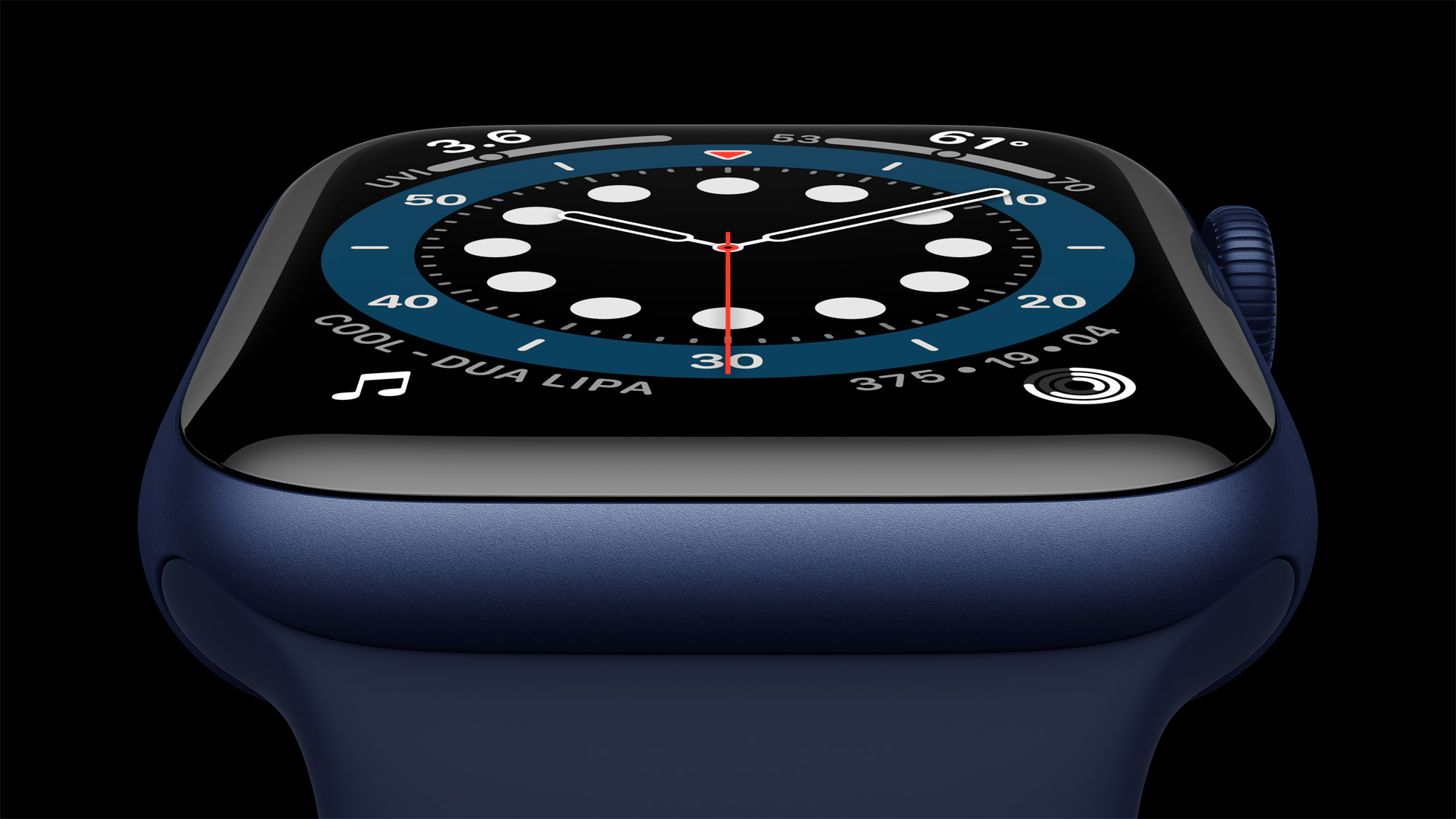

One of the biggest power drains for modern devices is the screen – providing bright and colourful displays uses a lot of power, even compared to elements such as the processor. But a new breakthrough in OLED screens could cut the energy consumption of the screens in the best phones and the best smartwatches to just a third of what it is now, which would give these devices hours and hours more use per charge.
A new paper spotted by OLED-info.com explains that a team created an OLED display that can provide 100 nits of brightness while drawing 1.33 volts, noting that existing OLED screens can require up to 4.5 volts for the same brightness.
(A nit is a unit of brightness, often used for screens, and is equivalent to the cd/m2 unit you might see instead in some spec sheets.)
In fact, the screen was said to hit 177 nits of brightness running off a 1.5V battery, which suggests serious efficiency. The information about the improvements is, shall we say, quite technical, but the savings seem to come from severely reducing "parasitic loss" deactivation of "excited states". Which can only be a good thing.
There could even be knock-on advantages here that fix a long-standing issues with OLED: lower power consumption will likely mean lower operating temperatures, which may reduce burn-in – heat is a common factor for OLED burn-in.
Naturally, we're not going to see changes in phones overnight. For a start, we don't know whether this improvements at 100 nits of brightness will translate well up to the 1000 nits that the Apple Watch Series 7's screen puts out, or the 600 nits or so that most phone screens operate at. It looks like it probably will, based on that figure of hitting 177 nits with only a small increase in voltage, but that's not a certainty.
And even if it does turn out to be the Next Big Thing in mobile OLED screens, it'll take years to build this technology into the manufacturing process and get it into your devices.
Sign up to the T3 newsletter for smarter living straight to your inbox
Get all the latest news, reviews, deals and buying guides on gorgeous tech, home and active products from the T3 experts
But in an age where big leaps in battery life are becoming harder and harder to come by, it's really promising to know that there are still developments coming that could give your smartwatch or phone the extra days or hours that might be a life-saver one day.
Matt is T3's former AV and Smart Home Editor (UK), master of all things audiovisual, overseeing our TV, speakers and headphones coverage. He also covered smart home products and large appliances, as well as our toys and games articles. He's can explain both what Dolby Vision IQ is and why the Lego you're building doesn't fit together the way the instructions say, so is truly invaluable. Matt has worked for tech publications for over 10 years, in print and online, including running T3's print magazine and launching its most recent redesign. He's also contributed to a huge number of tech and gaming titles over the years. Say hello if you see him roaming the halls at CES, IFA or Toy Fair. Matt now works for our sister title TechRadar.
-
 3 overrated shoulder exercises, according to a fitness expert (and what to do instead)
3 overrated shoulder exercises, according to a fitness expert (and what to do instead)Sculpt 3D shoulders whilst minimising injury with these three alternative exercises
By Bryony Firth-Bernard Published
-
 Polar’s new subscription feature lands in the shadow of Garmin’s Connect+ rollout
Polar’s new subscription feature lands in the shadow of Garmin’s Connect+ rolloutPR genius or timing disaster? Polar’s new Fitness Programme adds adaptive training to its ecosystem
By Matt Kollat Published